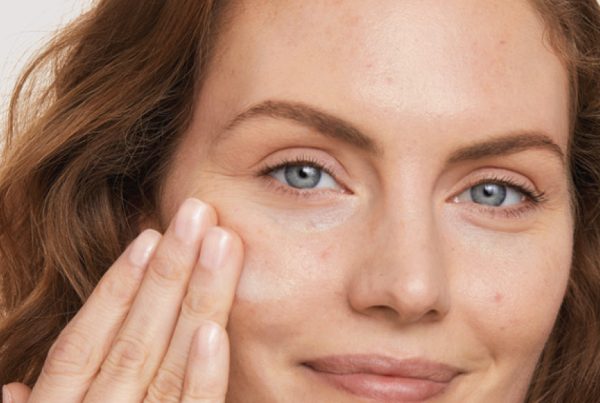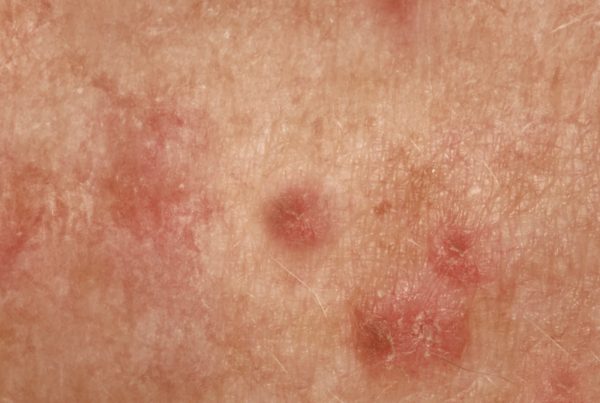
Seborrheic keratoses (SKs), also known as ‘Sebs,’ a common skin lesion we encounter at Skin Resus. They are benign, often raised, pigmented spots that can occur anywhere on the body except for the palms and soles. They may appear skin-coloured, light brown, dark brown, or grey, and can range in size from 1mm to several centimetres. They often have a waxy or warty appearance.
What causes SKs? SKs are highly prevalent, and nearly everyone over the age of 50 will have some or many of them. They tend to run in families, especially when multiple lesions are present on the body. Despite their name suggesting a connection to the oil gland (sebaceous gland), SKs are not actually linked to these glands. Instead, they occur more frequently on sun-exposed skin as we age. Additionally, they tend to develop in areas prone to friction, such as the base of the neck, under the breasts, and in the axillae.
Are there any issues associated with SKs? Beyond cosmetic concerns, SKs can occasionally be mistaken for skin cancer. Some SKs can be challenging to distinguish from melanoma through visual inspection alone, potentially requiring a biopsy for proper diagnosis.
Treatment and Prevention of SKs At Skin Resus, the primary treatment for SKs is erbium laser therapy, which is quick and precise, effectively removing SKs without causing scarring. In certain cases, particularly with very large or thick SKs, cryotherapy (freezing) may be employed. Local chemical peels using substances like salicylic acid or TCA can also be used on rare occasions. In some cases, I have treated numerous small SKs on an individual in a single session.
Preventing the development of SKs is challenging. Interestingly, there is some evidence to suggest that Vitamin D may help.




